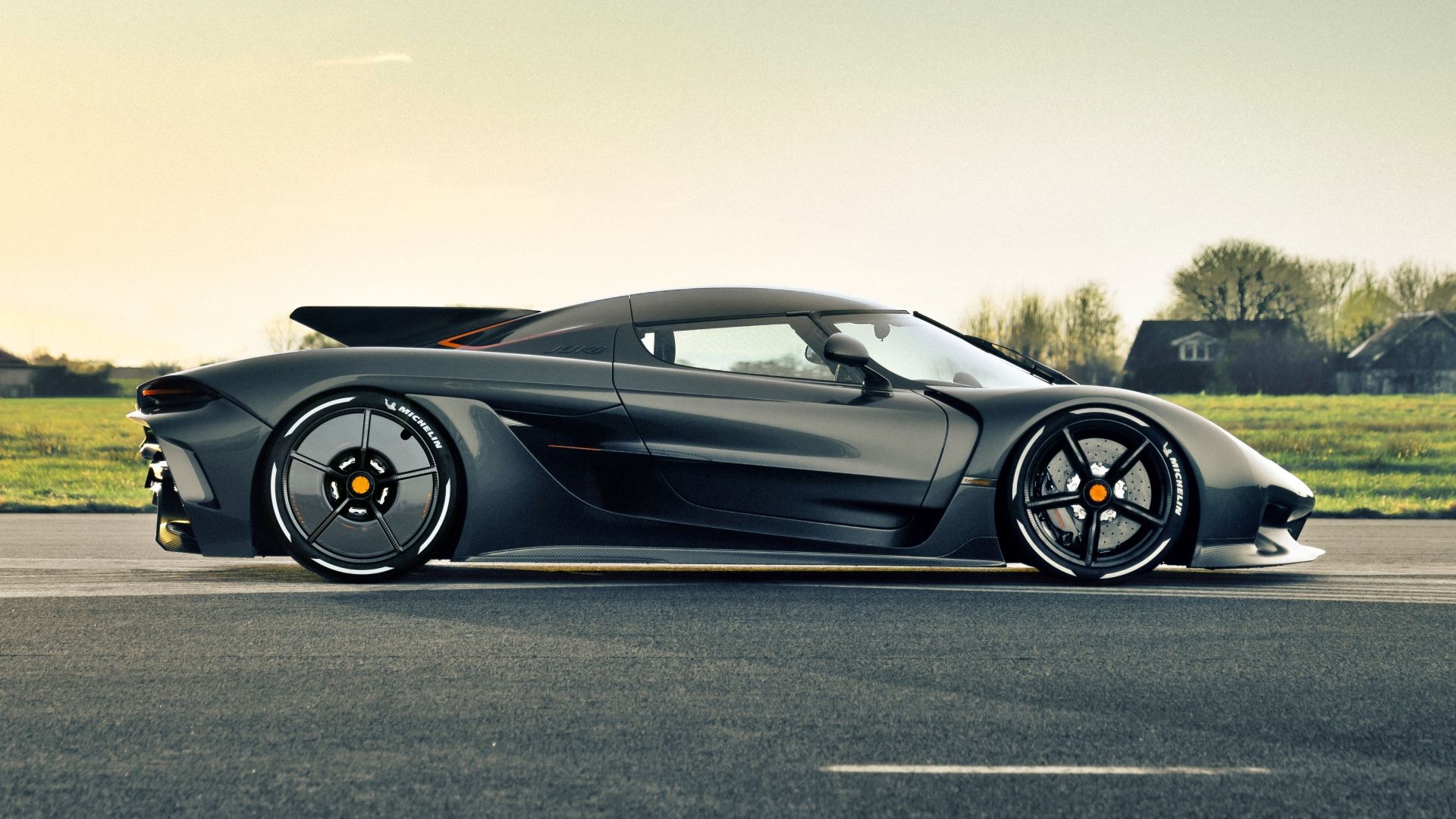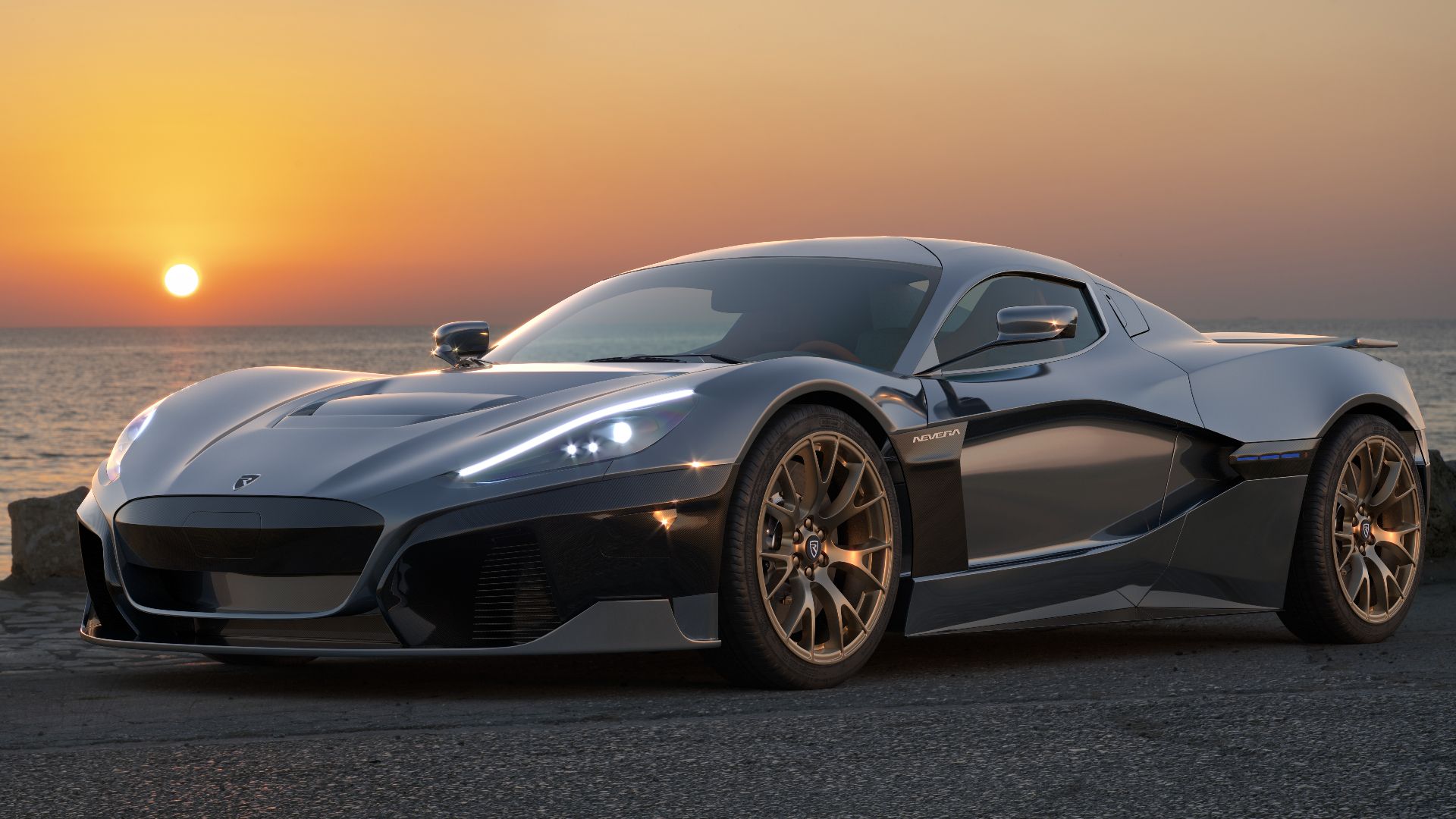As the technology continues to develop, there’s been no shortage of new electric cars in recent years that have broken automotive records everywhere you look. Whether it’s delivering seemingly endless driving range or unprecedented amounts of power, the impact EVs have made on the market is unlike anything that came before.
While mainstream electric vehicles in the SUV and sedan segments have a more noticeable impact, some niche manufacturers have released limited-production cars using electrified power, with the sole intent of producing the fastest, most exciting cars in the world. One of these manufacturers is the Croatian startup Rimac, whose second-ever production car set the record books alight through its astonishing performance across the board. Here’s a closer look at this startup’s electric hypercar and all the records it has set so far.
In order to give you the most up-to-date and accurate information possible, the data used to compile this article was sourced from Rimac and other authoritative sources.
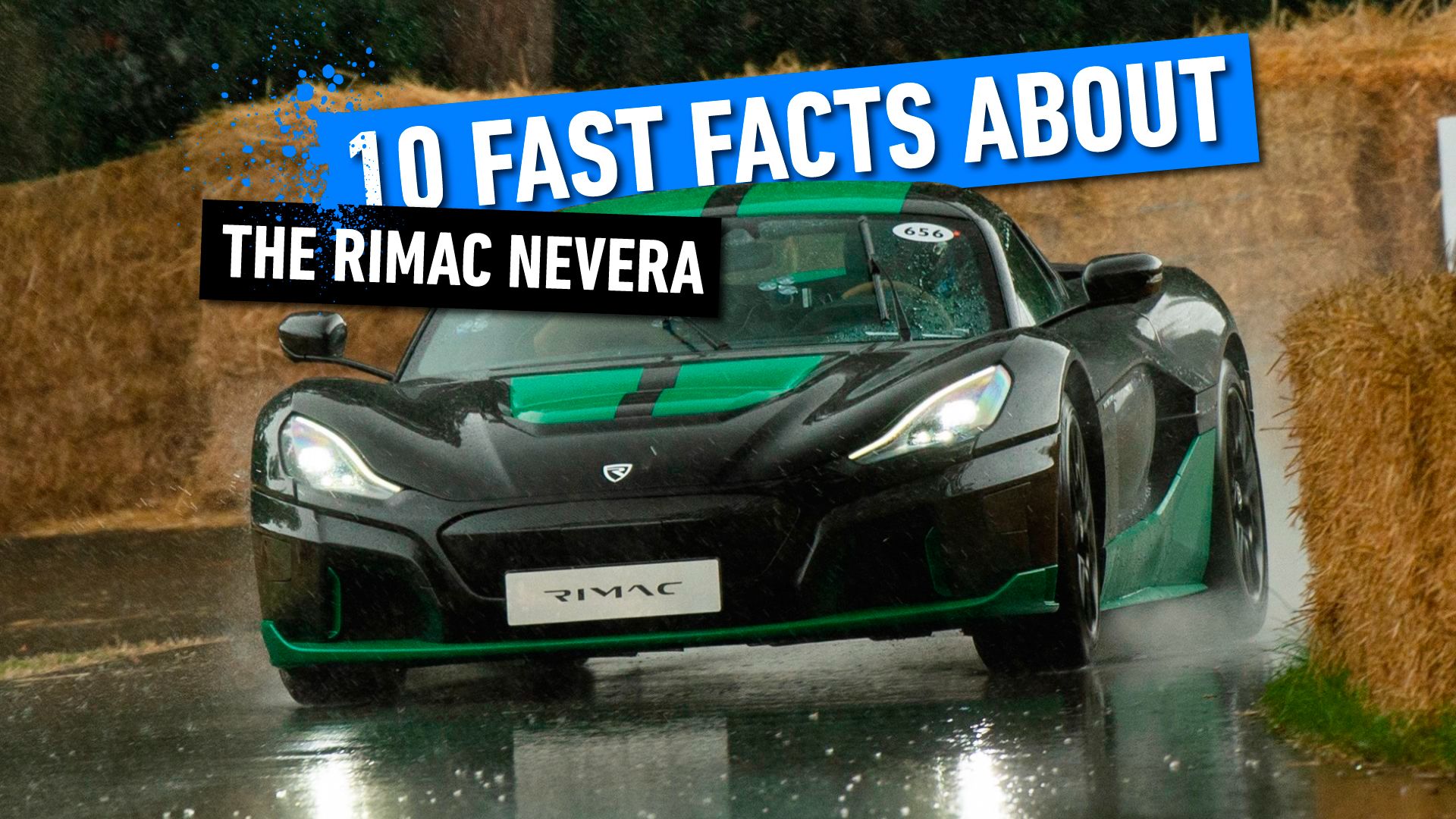
Related
10 Fast Facts About The Rimac Nevera
Rimac has changed the way we perceive hypercars, courtesy of the Nevera EV, and here are 10 things you need to know about it.
The Rimac Nevera Broke 23 Records In One Day
When the Croatian manufacturer released the Nevera in 2022, it was clear from the outset that Rimac is now one of the major performance manufacturers on the market, even if the production run for the brand’s second car was extremely limited.
When looking at the spec sheet for the Nevera, it was clear that we could expect some groundbreaking benchmarks to be set by the all-electric hypercar, which is exactly what it did in May of 2023. Rimac took the Nevera to the Automotive Testing Papenburg (ATP) facility in Germany where the Nevera set a staggering 23 performance records in one day, beating many existing records by incredible margins. This facility has 4.0km (2.49-mile) straights that made it viable for the hypercar to be pushed to the limits.
Setting New Standards For Acceleration and Braking
While other brands focus on breaking records in other areas, such as Lucid Motors with the mighty 516-mile range capacity of the Air Grand Touring, Rimac turned their attention to shattering as many acceleration and braking records as the Nevera hypercar can. Alongside breaking the major speed records that every high-performance manufacturer wants to their name, the Nevera managed to cover just about every record you could possibly break. Rimac invited independent third-party verifiers, Dewesoft and RaceLogic to record the tests.
Starting with the 0 to 60 MPH time, the Nevera achieved the feat in just 1.74 seconds. Increasing the speed to 100 MPH, the hypercar reached triple digits in a mind-bending 3.23 seconds. Another record that still stands today is the Nevera’s recorded quarter-mile time, just 8.25 seconds. The Pininfarina Battista managed to get incredibly close with a time of 8.55 seconds, which at the time held the record after breaking the Nevera’s 2022 time of 8.58 seconds. For the half-mile, the Nevera recorded a time of 12.82 seconds and a time of 20.62 seconds for the standing mile, both of which became record-breaking times.
Alongside its acceleration-only feats, the Rimac Nevera also demolished several acceleration and braking records, stopping from 100 KM/H to 0 KM/H in just 28,96 meters. One of the more unconventional records that the Nevera set in October 2023 was becoming the fastest car in reverse, reaching a staggering speed of 171.34 MPH.
The Records Set By The Rimac Nevera And Verified By Racelogic And Dewesoft
|
Racelogic |
Dewesoft |
|
|
0-60 mph |
1.74 s |
1.74 s |
|
0-100 km/h (62 mph) |
1.82 s |
1.81 s |
|
0-200 km/h (124 mph) |
4.42 s |
4.42 s |
|
0-300 km/h (186 mph) |
9.23 s |
9.22 s |
|
0-400 km/h (249 mph) |
21.32 s |
21.31 s |
|
100-200 km/h |
2.59 s |
2.59 s |
|
200-300 km/h |
4.81 s |
4.79 s |
|
200-250 km/h |
2.00 s |
2.00 s |
|
0-100-0 km/h |
4.03 s |
3.99 s |
|
0-200-0 km/h |
8.85 s |
8.86 s |
|
0-300-0 km/h |
15.68 s |
15.70 s |
|
0-400-0 km/h |
29.94 s |
29.93 s |
|
Quarter-mile |
8.26 s |
8.25 s |
|
⅛ mile |
5.46 s |
5.44 s |
|
Half-mile |
12.82 s |
12.83 s |
|
Standing mile |
20.62 s |
20.59 s |
|
0-100 mph |
3.23 s |
3.21 s |
|
0-120 mph |
4.19 s |
4.19 s |
|
0-130 mph |
4.74 s |
4.75 s |
|
0-250 mph |
21.89 s |
21.86 s |
|
60-130 mph |
2.99 s |
2.99 s |
|
0-200 mph |
10.86 s |
10.86 s |
|
100-0 km/h (distance) |
29.12 meters |
28.96 meters |
The Records That Have Been Broken Since
Despite it only being a year since the Nevera set its long list of records, it didn’t take long for the industry to try and dethrone the electrified hypercar. One of the first to do so was the Dodge Challenger SRT Demon, which reached 60 MPH in a lesser 1.66 seconds. In comparison with the Nevera, the Croatian EV is still fully equipped to tackle both the straights and corners of a racetrack, whereas the Demon is designed with the drag strip solely in mind.
This year, one of the Rimac Nevera’s closest rivals convincingly broke two of the Croatian hypercar’s records, which are perhaps the two most important records to hold. The rival in question is the Aspark Owl, which set a new top speed record for an EV at 272.6 MPH and reached 60 MPH in 1.72 seconds. Just 50 examples of the Owl are set to be produced, all of which are already sold out.
Just last month, yet another record set by the Nevera was broken by a manufacturer that you’d also expect to be setting industry-leading benchmarks. In June 2024, the Koenigsegg Jesko Absolute managed to go from 0-400-0 KM/H in 28.27 seconds, but it wasn’t actually the Nevera that it dethroned. In 2023, the Koenigsegg Regera managed the same feat in 28.81 seconds, becoming the first car to beat the Rimac Nevera for the record.
2:58
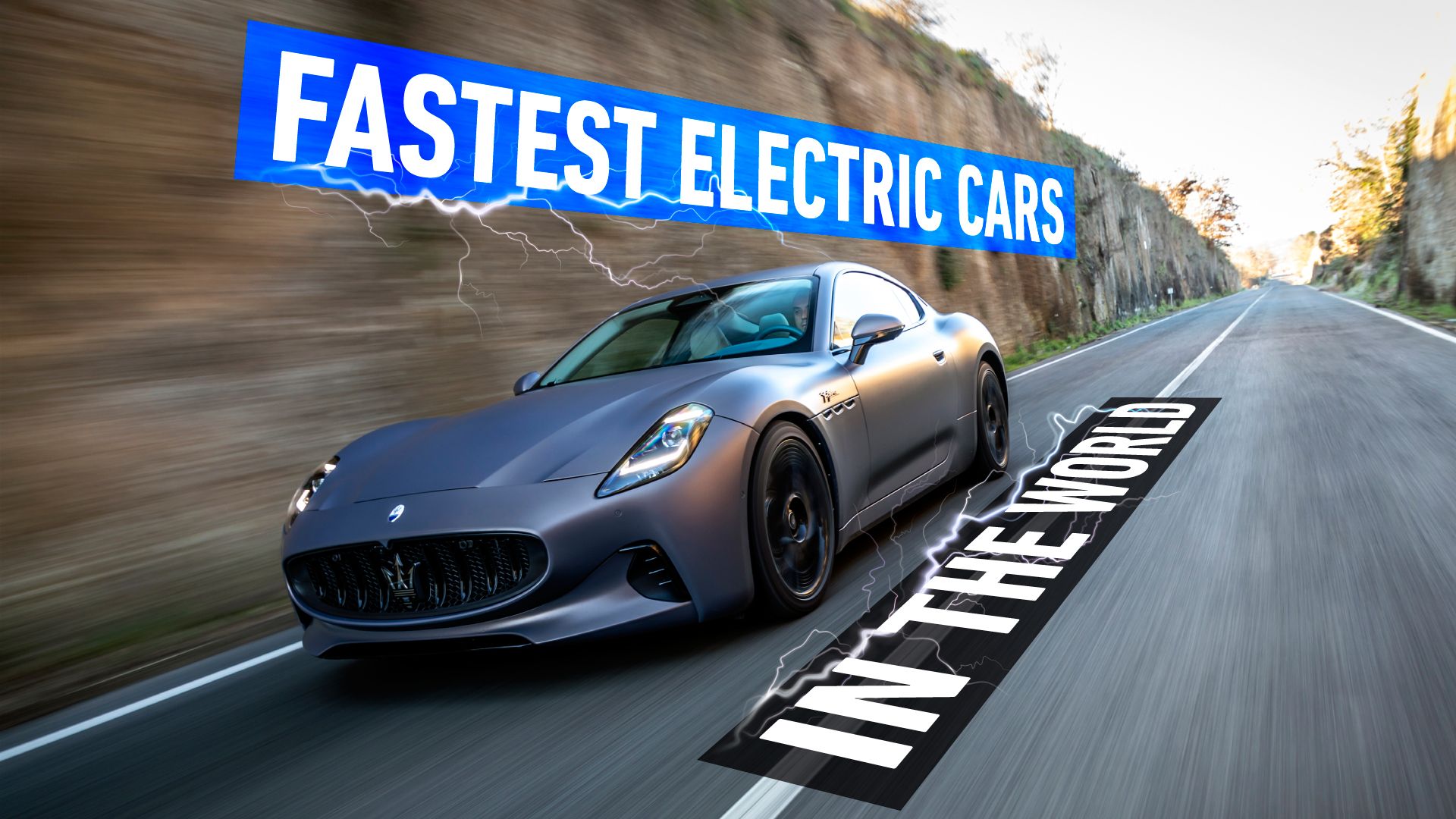
Related
The Fastest Electric Cars In The World
Some of these electric cars come with ridiculous specs that seem too good to be true, yet they have proven to be the fastest EVs in the world.
How The Nevera Changed The EV Scene For Good
As mentioned, seeing the Rimac Nevera break so many records by huge margins was no surprise, given the extraordinary power the electric powertrain sends to each wheel. What makes the hypercar even more impressive is rather than outsourcing its key components like so many other EVs on the market today, the startup from Croatia developed the powertrain from scratch, building everything in-house at Rimac’s production facility.
We already had a taste from various models of what electric power can offer in performance cars, notably from the Rimac Concept One, but the Nevera made it undisputable that electric hypercars can be just as thrilling and mind-blindingly fast as the ICE models that have dominated the industry for so long. With only 150 examples produced, the Nevera expectedly had an incredibly exclusive price tag on release, starting at $2,050,500 in the U.S.

Add TopSpeed to your Google News feed.
Powered By Four Electric Motors At Each Wheel
To achieve the monumental feats it did throughout 2023, Rimac developed one of the most powerful powertrains in history. While many high-performance EVs feature either two or three electric motors, the Nevera uses four motors, one for each wheel. The result is a combined output of 1,914 horsepower and 1,725 pound-feet of torque. By receiving power independently on each wheel, the Nevera gains incredible grip compared to a standard all-wheel-drive EV.
Performance Specifications
|
Setup |
Quad Electric Motors with 120 kWh Battery Pack |
|
Transmission |
Single-Speed Automatic |
|
Horsepower |
1,914 HP |
|
Torque |
1,725 LB-FT |
|
Driveline |
AWD |
|
0-60 MPH |
1.74 Seconds |
|
Top Speed |
256 MPH |
You also get five different drive modes in the Nevera: Range, Cruise, Sport, Track, and Drift. The latter three expectedly make the most of the staggering amounts of power under the shell, but the Range and Cruise modes make more use of the 120 kWh battery pack to give the hypercar approximately 300 miles of range under normal driving conditions.
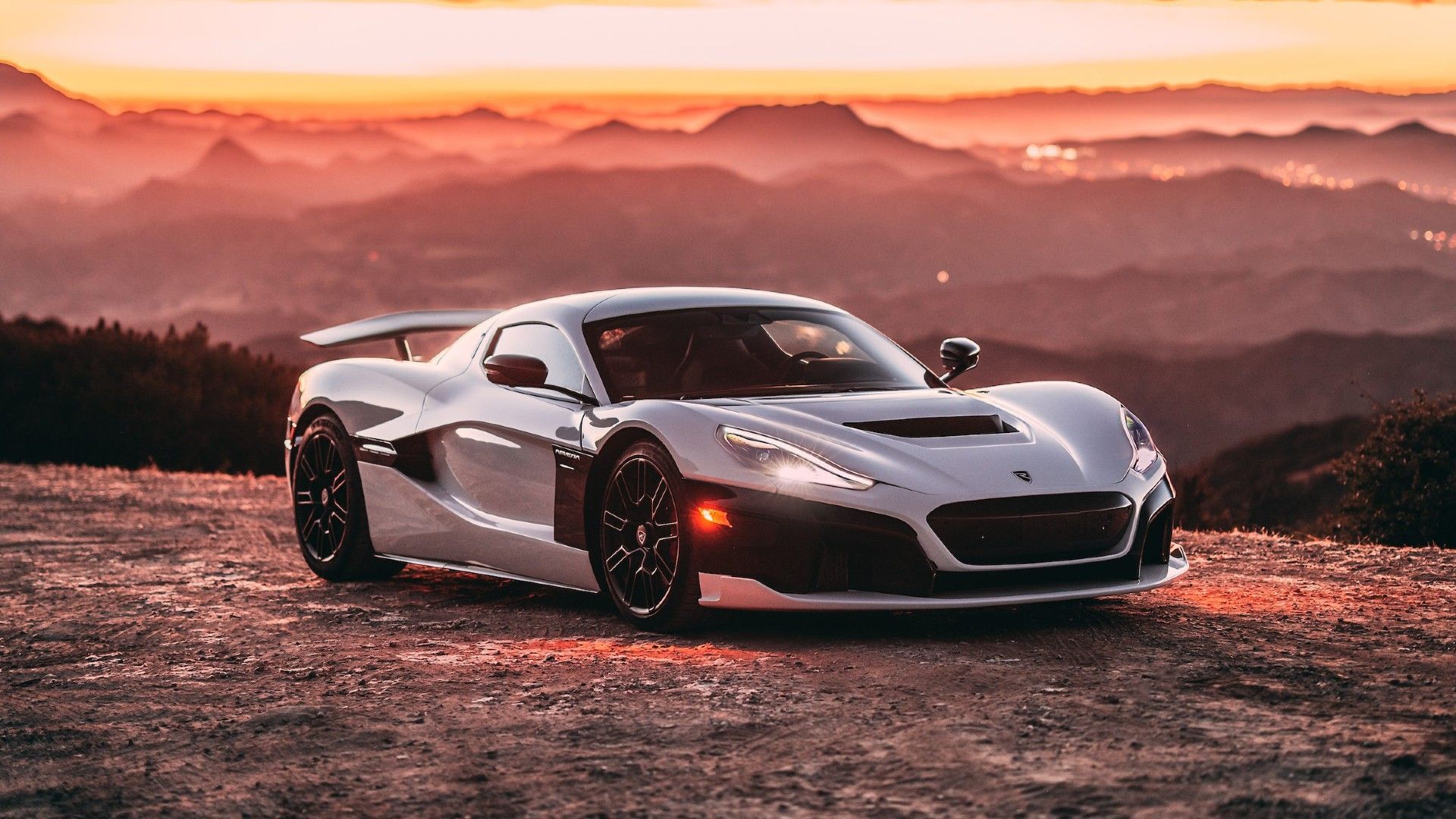
Related
Fastest EV In The World In 2024: Highest Top Speed
EVs are known for their 0-60 mph sprints, but most don’t have a high top speed. This EV, however, breaks those conceptions with a 258 mph top speed.
Rivaling The Long-Standing Hypercar Brands
By producing almost 2,000 horsepower, the Rimac Nevera enters territory that only a handful of other automakers can say they compete in. Bugatti has been at the pinnacle of the hypercar scene for decades, with the Tourbillon being the most recent nameplate in the brand’s historic lineup. However, the Chiron sat at the helm of the now Rimac-acquired company for the longest time. Producing 1,500 horsepower and 1,180 pound-feet of torque from its 8.0-liter W-16 engine, the Chiron doesn’t fall far behind the Nevera with a 0 to 60 MPH time of 2.3 seconds. The Rimac Group owns 55 percent of Bugatti, but will remain as separate brands for the foreseeable future.
Alongside Bugatti, Koenigsegg has continued to release some of the most jaw-dropping hypercars in history, dating back to their first model, the CC8, in 2002. In 2024, the ultimate Koenigsegg on the road is the Jesko, which comes in two forms. The Attack is designed for track use with more aero, whereas the Absolut loses the massive rear wing to minimize drag. Both models have the same 5.0-liter V-8, producing a thunderous 1,280 horsepower and 1,106 pound-feet of torque. This puts it behind the Chiron and Nevera in terms of power, but that clearly doesn’t stop it from breaking the latter’s already-remarkable 0-400-0 KM/H record in its Absolut form.


